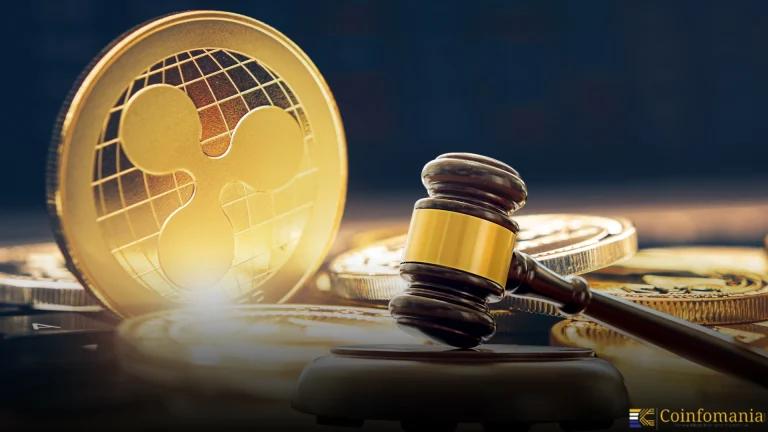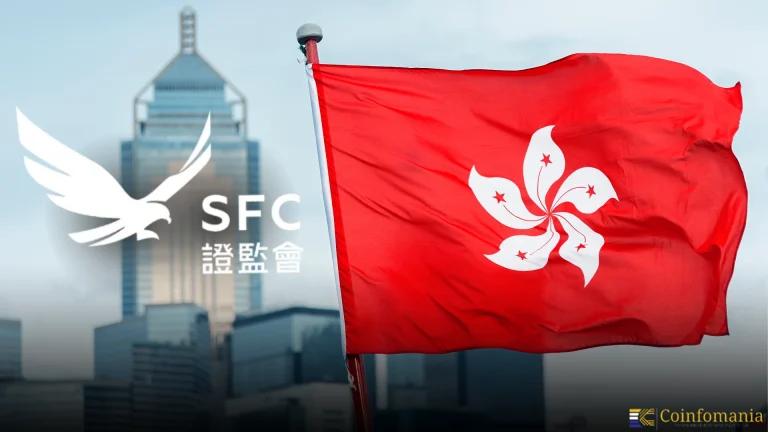Cryptocurrency Regulation in Ecuador
Ecuador is fully dollarised—since the 1999 crisis, the United States dollar has been the only legal tender—so monetary authorities treat any rival monetary instrument with caution. While the Central Bank (BCE) and the Monetary Policy and Regulation Board (JPRM) allow citizens to buy or sell digital assets online, they repeatedly stress that crypto “is not […]

Ecuador is fully dollarised—since the 1999 crisis, the United States dollar has been the only legal tender—so monetary authorities treat any rival monetary instrument with caution. While the Central Bank (BCE) and the Monetary Policy and Regulation Board (JPRM) allow citizens to buy or sell digital assets online, they repeatedly stress that crypto “is not legal tender, nor an authorised means of payment,” and warn of speculative risks.
Historical Context
- 1999-2000: Hyperinflation and the collapse of banks lead to the change of the official currency to the US dollar.
- 2014–2018: The BCE introduces Sistema de Dinero Electrónico, the first state-owned mobile money in the world; it is closed due to low usage.
- January 2018: BCE makes it clear that it is legal to trade with crypto, but tokens cannot be used to pay goods or services.
- February 2022 and August 2023: JPRM-2022-005-M and JPRM-2023-015-M reaffirm the exclusivity of the dollar and enumerate the authorised e-payment instruments; crypto is not on the list.
- August 2024: BCE again warns publicly and also states that violators can be referred to prosecutors under Article 98 of the Monetary Code.
- 2024-2025: Chainalysis considers Ecuador as the eighth Latin American country by the on-chain value received (~ USD 7 billion) due to the increase in grassroots adoption despite the policy restrictions.
Regulatory Framework
Four bodies share oversight:
- BCE establishes monetary policy, provides crypto warnings and may test a CBDC.
- JPRM specifies which money is considered a legal tender or an authorised way to pay; its resolutions of 2022 and 2023 explicitly exclude cryptocurrencies.
- Superintendency of Banks (SB) does not allow crypto-related transfer within the formal banking system and has a list of unauthorised parties in the open.
- Realised crypto gains are taxed by Internal Revenue Service (SRI) as Ecuador-source income and progressively at up to 35 % on individuals or 25 % on firms.
FinTech service providers must incorporate locally as sociedades anónimas, post at least USD 200,000 in capital, carry liability insurance and obtain a special registration before offering any tech-based financial service—requirements formalised in early 2025.
Ecuador Crypto Policies
Legal tender – Only the US dollar; Article 94 of the Monetary Code bars any alternative, so invoices, salaries and taxes must be denominated in USD.
Banking access – Banks, insurers and payment processors must refuse crypto transactions unless a future law grants an explicit licence. Card acquirers routinely flag exchanges as high-risk.
Trading & holding – Private residents may buy, hold or P2P-swap tokens on global platforms such as Binance, OKX or Mercado Bitcoin. The BCE concedes it has “no power to ban” these trades, but gives no consumer protection.
Mining – Not expressly prohibited, yet high electricity tariffs, Andean grid outages and import duties keep large-scale farms away; most rigs are hobby-sized in Quito’s suburbs or the coastal lowlands.
Exchanges – No domestic exchange is licensed. Local entrepreneurs route order flow through offshore APIs or Telegram OTC desks, settling in USD cash or stablecoins.
State pilots – Talk persists of a retail CBDC pegged 1:1 to the dollar to modernise small payments without diluting dollarisation, but no launch date is confirmed.
Crypto Innovation Approach
The start-ups in Ecuador develop mobile-first and low-cost remittance rails: USDT or CELO payments are sent via WhatsApp bots and are converted into dollars at the corner tiendas which are already used to cash-in/cash-out phone top-ups. Agritech Dairy producer El OrdeO incorporates IBM Food Trust to monitor cold-chain integrity of milk products through the farm to the shelf.
Humanitarian actors are trying this too: CARE Ecuador, supported by the Celo Foundation, is testing crypto vouchers through Umoja Labs to enable 10,000 refugee women to pay doctors without having a bank account.
Challenges and Issues of Note
- Regulatory opacity: There is a clash of mandates between BCE, JPRM and SB and this is causing stalling of the process of integration of the banks and venture financing risk taking.
- Addiction to dollars: The widespread application of stable-coins could threaten the management of balance of payments and destabilize anti-laundering enforcers, according to government officials.
- The history of failed e-money: The project of the state to 2018 left a very great number of citizens suspicious of any new digital money issued by the government.
- Infrastructural loopholes: Internet in rural areas has a penetration of less than 50 percent and power failure that occurs frequently in the area has an adverse impact on node uptime and retailing acceptance terminals.
- Consumer risk: No deposit insurance, or apparent dispute-resolution channel, and phishing schemes, ponzi tokens are thriving on Facebook and TikTok.
Important Regulatory Trends and Prospects
- FinTech Law implementation: Additional regulations issued in May 2025 mandate FinTechs to have a minimum paid-in capital of USD 200,000, have a risk structure approved by the SB, and submit quarterly reports on cybersecurity.
- Virtual-asset licenses in prospect: The FinTech framework has a draft chapter that would establish a registry of virtual-asset service providers, requiring exchanges to segregate client funds and to provide wallet analytics to the Financial Intelligence Unit.
- CBDC viability: BCE technical units have simulated a tokenised dollar that clears immediately on a private quorum chain; a trial launch is possible in 2026 as soon as legislative approval and vendor selection fall into line.
- Regional remittance corridors: Start-ups are advocating a regulatory sandbox to pilot USDT-based transfer of funds between Spain and the United States, with a 7% transaction fee reduction to below 3%.
- Grassroots adoption: Triple-A estimates that 480,000 Ecuadorians (2.73% of the population) have already purchased crypto, a number that is expected to grow exponentially when the all-important compliant on-ramps emerge.
Conclusion
Ecuador’s policy stance is firm—crypto cannot rival the dollar in daily commerce—yet market demand for faster, cheaper cross-border payments pushes adoption steadily upward. A balanced VASP licensing system, paired with a dollar-backed CBDC, could channel this momentum into supervised rails, enhance financial inclusion and preserve dollar stability; continued ambiguity, by contrast, will keep innovation in the shadows and erode consumer safety.
FAQs
1. Is cryptocurrency legal tender in Ecuador?
Not only US dollars hold that status, and crypto payments are legally void. Private trading online remains allowed.
2. Can Ecuadorians own Bitcoin?
Yes, residents may lawfully hold or swap tokens, but they receive no state guarantees or deposit insurance.
3. May banks process crypto?
No; resolutions from 2022 and 2023 compel banks to reject crypto payments unless future law grants a special licence.
4. How are crypto gains taxed?
Realised profits count as Ecuador-source income and are taxed up to 35% for individuals and 25% for companies.
5. Is mining forbidden in Ecuador?
Not outright; practical barriers—power tariffs, outages and customs red-tape—keep most farms small and informal.
6. What happened to the 2014 state e-money?
Low user uptake and trust issues led to its phase-out by 2018, shaping today’s cautious stance.
7. Are there licensed local exchanges in Ecuador?
None yet; traders rely on offshore platforms or OTC Telegram groups pending VASP regulations.
8. Is a CBDC expected in Ecuador?
BCE studies a tokenised dollar and could test a limited pilot in 2026 if Congress approves enabling rules.
9. How big is adoption today?
Chainalysis ranks Ecuador eighth in Latin America for on-chain value, and Triple-A says 2.73 % of citizens already own crypto.
10. Will the FinTech law change things?
Yes; 2025 by-laws lay the groundwork for virtual-asset licences, stronger AML controls and clarified consumer-protection rules.
Follow us on Google News
Get the latest crypto insights and updates.
Related Posts

Ripple Highlights Custody as Key to $18.9T Tokenized Assets by 2033
Shweta Chakrawarty
Author

Hong Kong SFC Issues New Custody Rules for Crypto Platforms
Shweta Chakrawarty
Author

South Korea and Vietnam eye $150B trade despite Trump tariff
Shweta Chakrawarty
Author